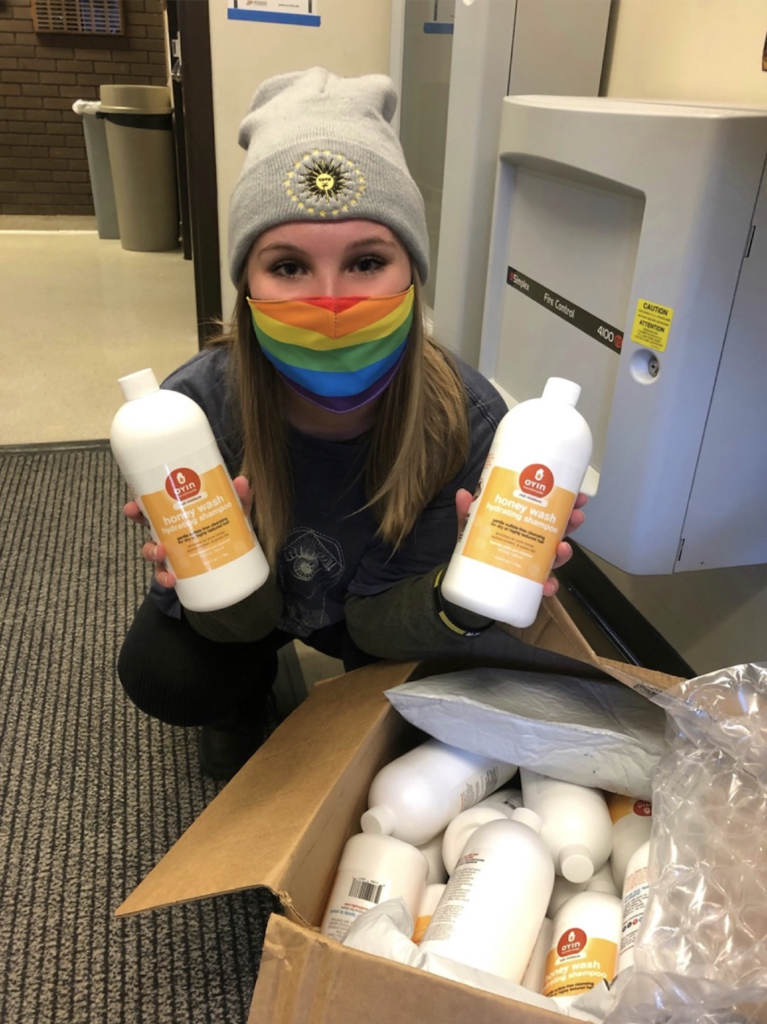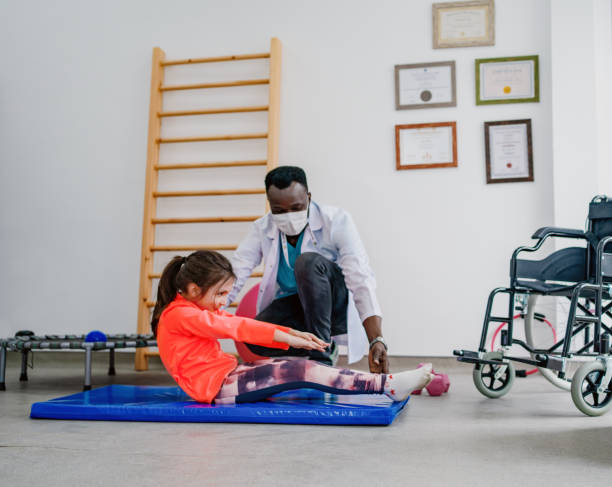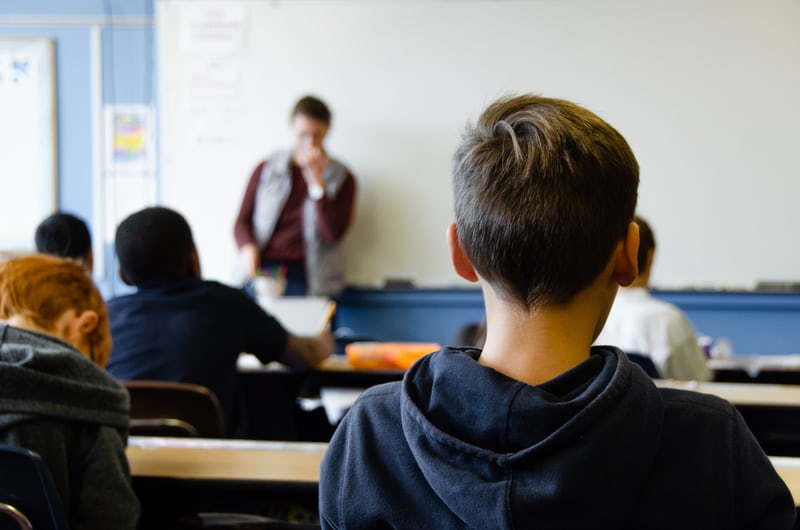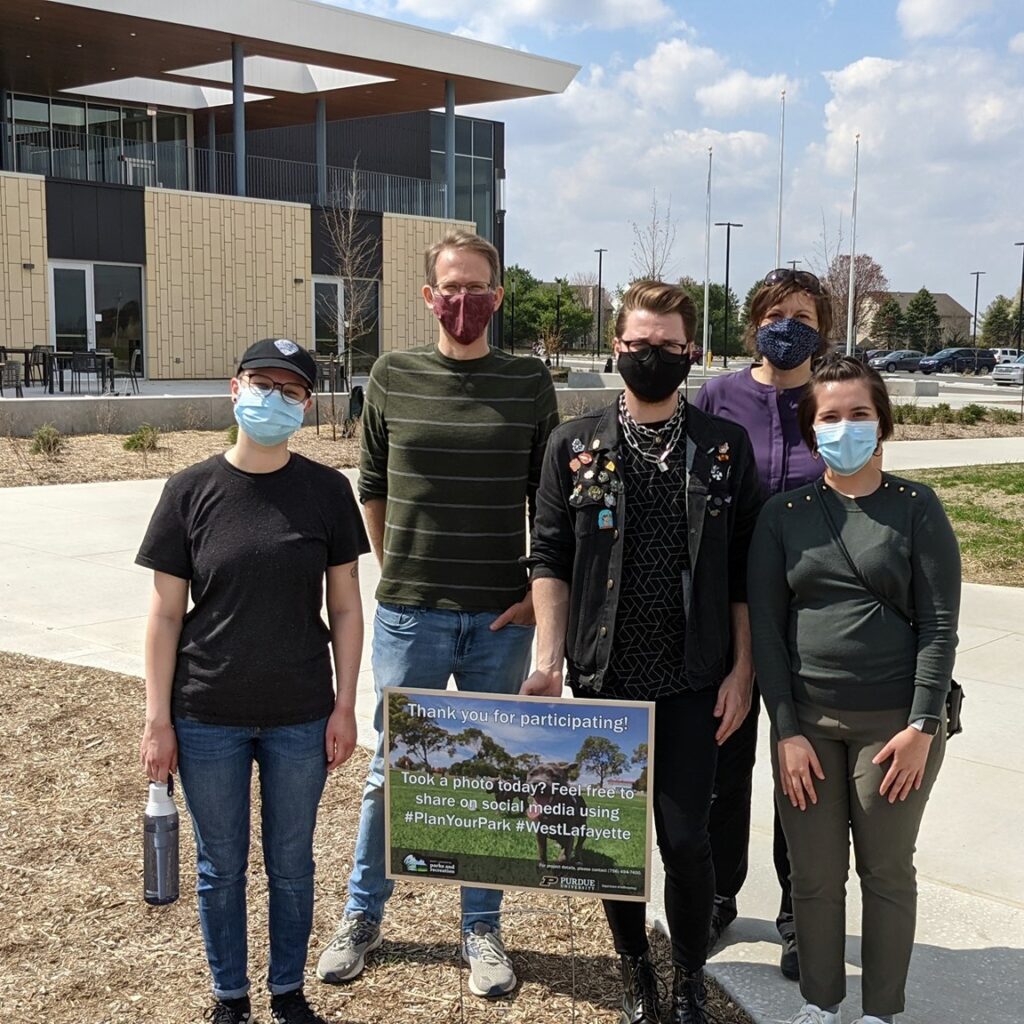Service-Learning Grants
Student Grant Program for Community Service and Service-Learning Projects
During fall and spring, the Office of Engagement offers funding for student service-learning and engagement projects. The program expands Purdue student involvement in community service, including service-learning and experiential learning opportunities in partnership with communities, non-profit agencies, schools, and governmental bodies. Grants are available to both undergraduate and graduate students across all Purdue campuses, including PFW and PNW
The university funds projects that enable students to use their education and develop their expertise to solve problems and serve the surrounding community. The grant program provides students an opportunity to expand their learning environment.
Grant amounts range from $100 to $500 for an individual student or a maximum of $1500 for a student team or organization.

Establishing Equitable Hygiene Products in Hospitals
In the fall of 2021, three nursing students set out to address the disparities in the quality of care received by Black patients at area hospitals. Many hospitals only carry skin and hair care products with ingredients that best serve Caucasian hygienic needs. To help remedy this disparity, texture-friendly shampoo products that contain keratolytic, antipruritic, and anti-Malassezia ingredients were added to the supply closet at Peyton Manning Children’s Hospital. Bonnets were also added as a way for Black patients to wrap and protect their hair. The project aimed to boost the self-esteem and self-confidence levels in patients at the hospital.

Installing Interactive Wall at Riley Children’s Hospital
In the fall of 2019, six students in a junior-level EPICS class embarked on a semester-long project that fostered a unique partnership with the Riley Hospital for Children. EPICS is a service-learning design program in the College of Engineering that allows students to partner with local and global organizations to help effectively address community needs. The students created an interactive, Indy 500-themed hallway wall for children undergoing physical therapy. Equipped with motion sensors, the wall initiates a variety of visuals and sounds when physical therapy patients with various disabilities make their way down the hallway and motivates them to reach the end.

Educating Sixth Graders about the Effects of Drug Use
For the past 15 years, sixth grade students at Otterbein Elementary School have listened to first year professional Doctor of Pharmacy students give presentations about drug abuse and addiction. During the presentations, students learn definitions of concepts related to drug abuse and addiction and develop a deeper understanding of how different drugs impact one’s body and mind. Short quizzes are given to students before and after the presentations to measure their understanding of the material. The presentations and discussions empower the students with knowledge and encourage them to make positive choices later in life.

Gathering Data on West Lafayette Residents’ Park Use
In the spring of 2020, students in ANTH 641 set out to engage local residents with recreation amenities in Cumberland Park and better understand how the experiences of park visitors changed throughout the COVID-19 pandemic. The team used visually engaging, QR-enabled signage along park trails to conduct a survey of park visitors, who scanned the codes with their mobile devices to learn about community resources and share their experiences. The project elicited over 200 engagements with the signs and generated social media posts from visitors and residents. The city is currently planning future QR projects with Purdue anthropology students.

Engaging Middle School Students with Topics in STEM
In the fall of 2019, a group of graduate students organized and taught a GK-12 gateway class to eighth grade students at Tecumseh Jr. High School. The GK-12 program engages public school students in STEM topics with the goal of fostering excitement and curiosity in the subject. About 20 students were enrolled in each nine-week period of the course, and the lesson plans exposed them to 3D visualization and design concepts. Students used various modeling software to draw isometric views of 3D objects, and at the end of the course, they designed their own cube puzzle and created it with wooden blocks. About 250 individuals were directly impacted by the class.
1,200
Student Grantees
1,027,485
Student Grant Dollars Awarded
400
Community Partners

LAND GRANT HISTORY
Land-grant universities emerged from a push for rapid industrialization in the United States and the need for a labor force equipped to meet the rising demand. Under the 1862 Morrill Act which came to be known as the Land Grant College Act, Vermont congressman Justin Smith Morrill called for government support of higher education to ensure access for all social classes. The Morrill Act forever changed the face of higher education in the U.S. and set up the expectation that universities had a responsibility to serve the state that supported them as well as contribute to the well-being of the country. Land-grant universities were established and granted each state federal land for the establishment of schools dedicated to teaching “agriculture and the mechanic arts”.



